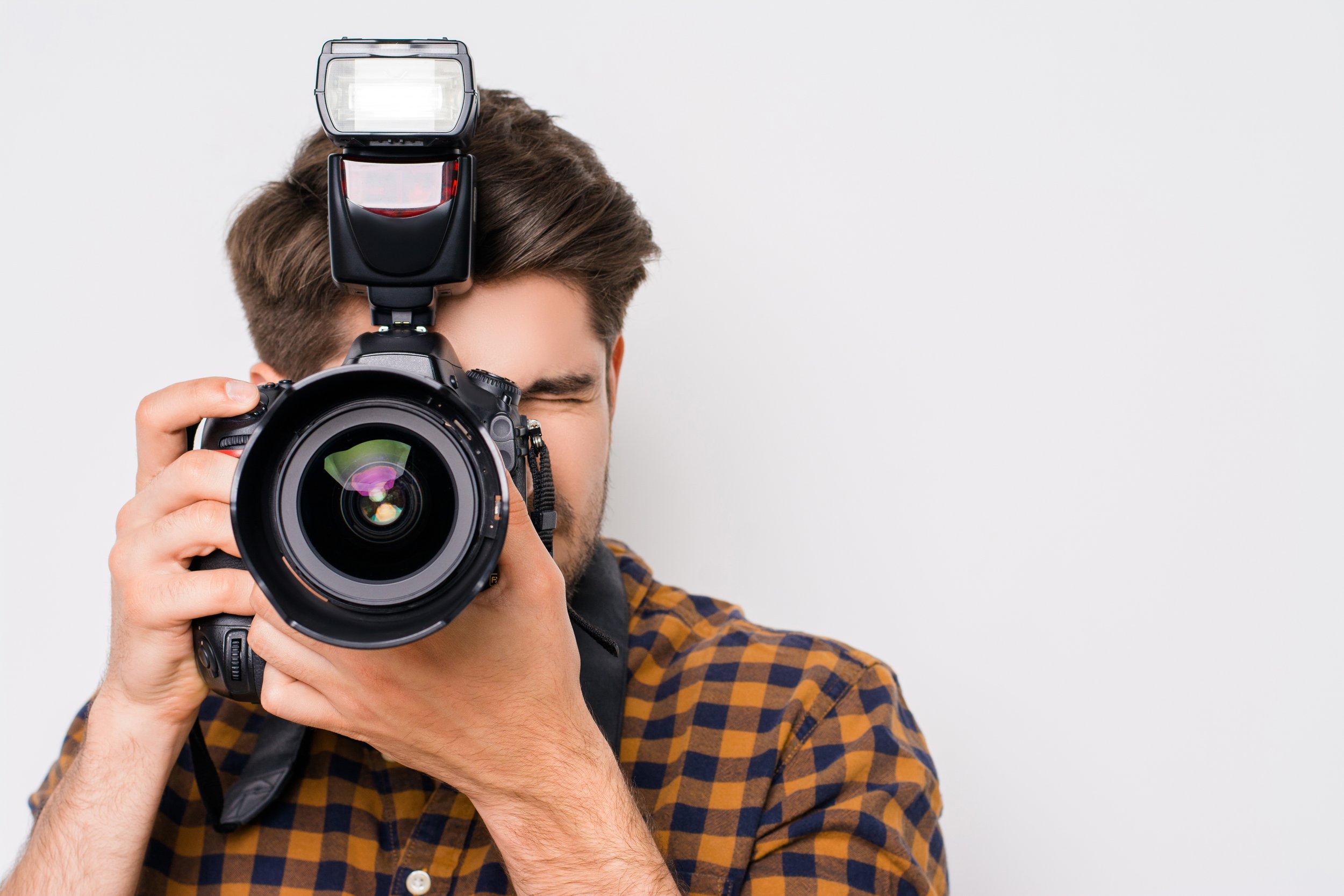Why Use On Camera Flash?
/Hey neighbours,
I saw a question from a user this week that I thought was pertinent. The user has heard over and over that on camera flash is “bad” but wanted to know when and if it made sense. I think that this is a great question so let’s take some time to think about this.
Why Not?
Flat Light
Photography is a two dimensional medium. We look to light as a means to create the third dimension on the subject. A direct light aligned with the lens actually flattens the subject negatively impacting dimensionality, unless you are photographing a perfectly flat subject parallel to the sensor.
Direct Reflections
A light aligned with the lens that hits a reflective surface bounces the reflection straight back into the lens, producing flare and washouts. We don’t want this.
Harshness
An on camera flash is a small source. The smaller the source relative to the subject the harsher and harder the light.
When Does It Make Sense?
Colour Pop
A flash is daylight balanced, so if we are managing our white balance or using AWB, the pop of an on camera flash can increase colour saturation as well as emphasize subtle tonal differences.
Contrast
The increased saturation, also increases vibrance and contrast. We use contrast as a tool to add refinement and to create some separation.
Close Up
If our subject is very small, where we might use a macro lens, the size of the flash relative to the subject is larger and that relatively larger source will have a softer look to it, without adding a ton of gear
Fill
We may be photographing in conditions where we cannot control the light, which is anytime we are not using light that we manage completely. This means we may have shadow areas that we don’t like the look of. Instead of replacing the primary source entirely, we can use the on camera flash as fill for the shadows that we do not like or that take away from the subject and the image.
Best Practices for On Camera Flash
In this context, let’s assume that there is no bounce or redirect option, such as we find with the popup flash built into many cameras, or even a simple hotshoe mount flash. If we take this into consideration, and choose to use the flash, we do so to supplement the primary light source.
To make this work, we want the contribution from the flash to be less than the contribution from the main light. There are two ways to do this.
The simplest route is going to be to use the TTL flash mode that all modern cameras have. When they have this, they also include Flash Exposure Compensation, which is identical to regular exposure compensation except that it manages the duration and therefore the output of the flash. Simply let your camera determine the proper exposure for the existing light and then with the flash on, turn the Flash Exposure Compensation to the negative. I recommend using -2 EV as a starting point and then varying the setting until you get the look that you like.
Alternatively, there are folks who fear or abhor TTL for reasons of their own. In this case, set the flash into manual mode and use the output power control (if your camera or flash supports this) to reduce the output (duration of the flash). A setting of 1/4 as a place to start is a good one and is the same thing as using -2EV in TTL Flash. Again. take a test and try different output durations until you get the look you like.
When inspecting the images, use the LCD on the back and zoom in to look for those harsh shadows and reflections. So long as the main light source overpowers the flash, the flash is only doing some fill work and these effects, even if present will not be distracting.
Summary
On Camera Flash is absolutely NOT a never do this function. The tip is to use it appropriately and with intent. By pre-visualizing your final, you can make a powerful difference in your image even if the only supplemental light is your on camera flash.
Thank you for reading. Please subscribe to receive notifications of new articles. Until next time, peace.









